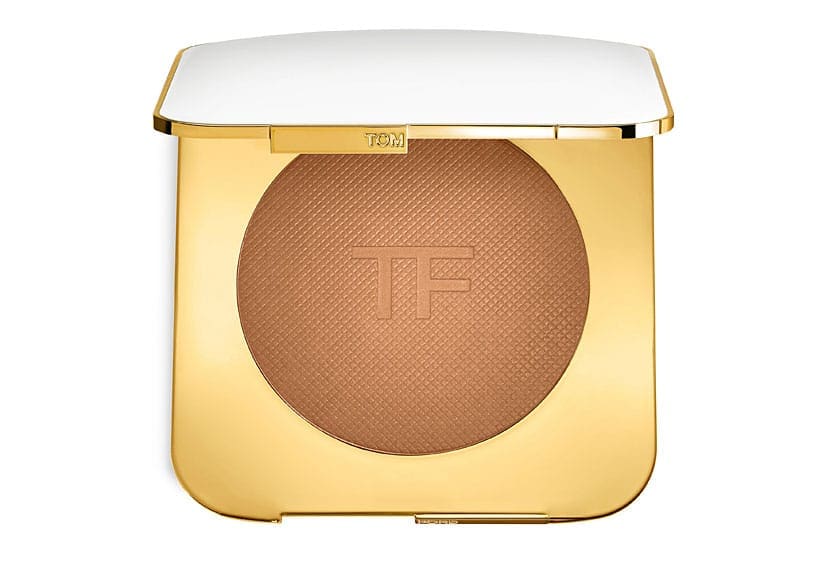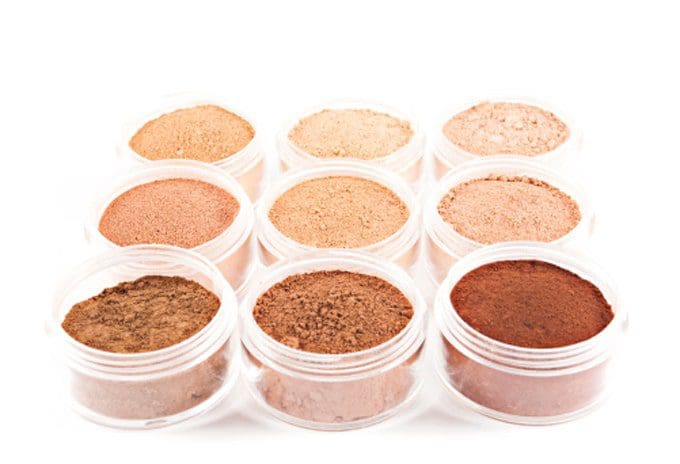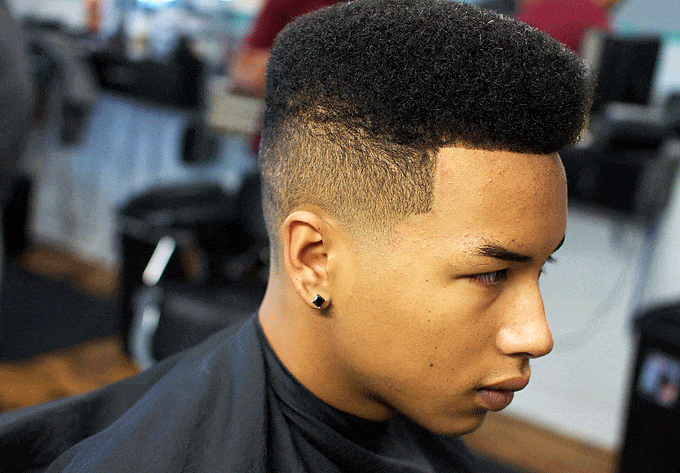words Alexa Wang
Having perfectly clean and beautiful skin would always help put anyone in a good mood as they can feel more confident and prouder of their own skin. Unfortunately, not everyone can effortlessly achieve spotless skin as it’ll need medical intervention. But, with technology today, there are plenty of options that anyone could try.
Today, light therapy has gotten more popular in the aesthetics industry as it could provide plenty of benefits to one’s skin. Since light therapy is non-invasive, you have to rely on the machine and let it do its magic. But, before you get one, you should feed your mind with the right information about red light therapy.
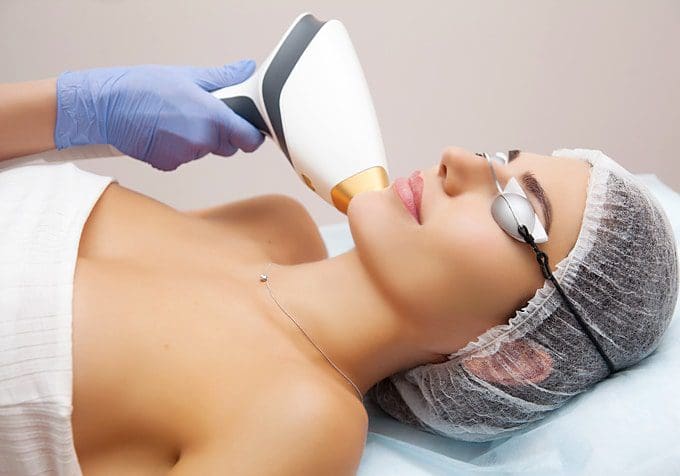
What Are Its Uses And Benefits?
Light therapy can provide plenty of benefits to your skin. Moreover, it can help with:
- Scars
- Acne
- Eczema
- Signs of aging
- Inflammation
- Rosacea
- Dry and rough skin
- Wounds
While a dermatologist can offer you plenty of options for your skin rejuvenation, going with light therapy is a safer option as it’s non-invasive and will solely rely on the light’s power to heal various skin concerns. Light therapy doesn’t contain UV rays, which can cause further damage to the skin, including darkening and faster skin aging. Unlike other types of therapy, this one will not cause any harm.
Did you know that there are also light therapy acne masks you can use if you’re after utter convenience? They consist of red and blue wavelengths that target bacteria and inflammation, which can both lead to acne. You may check online for a reliable and great post to read on such masks.
Are There Any Side Effects?
Of course, there’ll be no perfect option that’d allow you to have flawless skin without suffering from any side effects. After your treatment, you can expect your skin to experience short-term side effects, like redness, rashes, tenderness, and inflammation. While it might sound like a big issue, things are completely safe if you go to the right clinic or use the right tools at home.
Even if light therapy is suitable for every skin type, some conditions might be an exception. Light therapy won’t be an option if you’re taking certain medications, like isotretinoin or any topical treatment that makes your skin extra sensitive to light. Moreover, if you have a skin condition, you should consult with a dermatologist first to ensure that you’re clear to undergo light therapy.
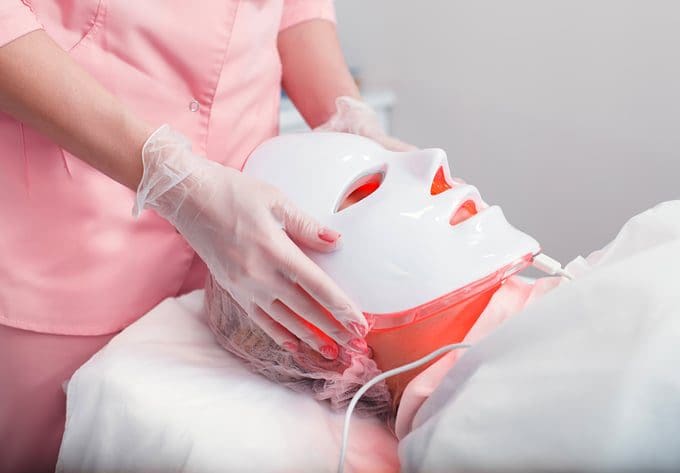
What To Do For After-Care?
Each light therapy session would last for about 20 minutes, and the whole process would last up to 10 sessions to deliver visible results. During each session, you can’t expect yourself to go on with your day as if nothing happened. To prevent infections or skin issues, you should observe good after-care practices that you need to follow, either according to your dermatologist’s instructions or you’re the product packaging if you’re doing an at-home session.
After your light therapy session, you shouldn’t clean your skin at night right after your treatment and reschedule it the day after. When washing your skin, use a gentle cleanser and rub the product gently on your skin. For the next 12 hours, you should avoid going to swimming pools, steams, and saunas. Also, ensure that you always wear high SPF sunscreens and avoid exposing your skin to direct sunlight.
Where To Get One?
There are two ways you can undergo light therapy treatment. You can either visit a professional clinic or do it at home. For at-home therapy, you need to ensure that you purchase the right device to guarantee effectiveness and safety. While it can provide plenty of convenience on your end, you also need to ensure that it’ll deliver promising results while not causing any pain.
While it might sound more convenient to go for at-home light therapy treatment, it might not produce extremely effective results compared to when you do it in a professional clinic. If you have enough time on your hands, especially since you need to go back once in a while for maintenance, going to a clinic could be a better option. However, if you got an extremely tight schedule, at-home service would be your best friend.
How Much Does It Cost?
While light therapy can provide plenty of benefits for your skin, it might come with a hefty price. Unfortunately, insurance doesn’t cover light therapy, so you need to pull out your pockets and prepare for the costs yourself.
Depending on the clinic, a single session usually costs around US$25 to Us$85. Moreover, you should remember that getting at least ten sessions is highly recommended to see visible results. On the other hand, home devices cost around US$25 to US$250, or even more. While they’re cheaper compared to a clinic treatment, they might not produce the results you’re expecting.
Takeaway
Light therapy can provide plenty of benefits to one’s skin. However, before getting one, you might want to consult with a dermatologist first to see if it’s the right fit for you. This way, you can ensure that you’ll have a safe and worry-free light therapy treatment.

